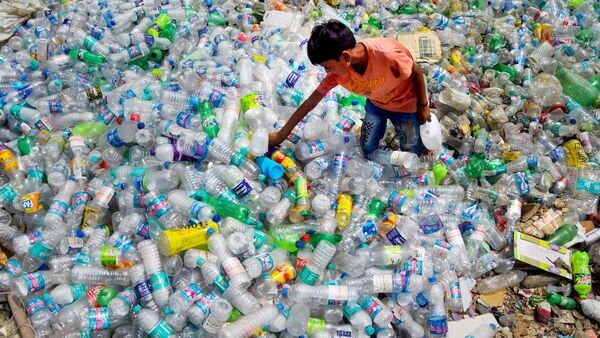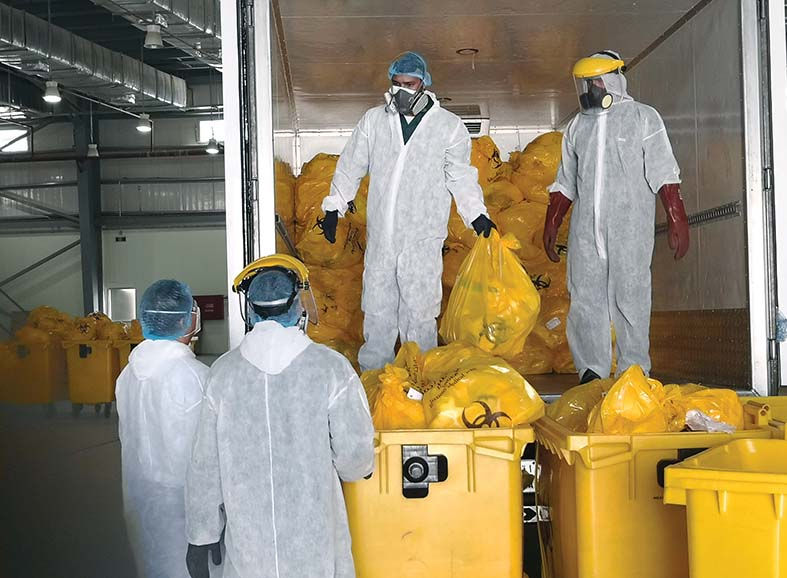Food Waste: The Hidden Cost of Every Bite
- Dr. Sanjay Joshi

- Apr 4
- 2 min read
Every discarded meal wastes more than just food—it wastes water, energy, and land.

Hello readers,
In my last article, I introduced the basic concept that when we throw or discard food from our plates, we are not wasting only that portion of food, but in fact, we are wasting more precious natural resources like water, land, energy, etc. used in producing that food by the farmers in the beginning.
Wasting food isn’t just a humanitarian or social issue - it’s also an environmental one. The food cycle doesn’t just end at our trash can. From our trash cans, this waste food finally reaches the dumping grounds and rots. This produces a large amount of methane – a more powerful greenhouse gas than even CO2. The food waste in landfills is responsible for roughly 8 percent of the global emission of methane. Methane is one of the major greenhouse gases responsible for the warming of our planet, that is, global warming with subsequent changes in the climate, monsoon patterns, and so on. As far as water is concerned, the following table will give you a rough idea of how much water is used to produce some of the commonly eaten food items.

This table shows the average water consumption required to produce food from both animal and plant sources. The list of water requirements for food production is extensive. With this in mind, you can now estimate your own water footprint each time you discard food.
For instance, when you discard a chapati, have you considered its water footprint? Beyond this, energy consumption is another crucial factor. You either purchase wheat grains and have them ground at a flour mill or buy ready-made wheat flour—both processes require significant electricity. Then, cooking the chapati involves additional energy, whether from LPG, PNG, or other fuel sources.
Nowadays, fully automatic roti makers are available in the market—you simply add the required flour and ingredients, and the machine prepares chapatis in no time. However, operating these machines also consumes electricity.
So, the takeaway is this—when you throw away a chapati simply because it’s extra or for any other reason, you’re wasting valuable resources. Be mindful. Think not just once or twice, but a hundred times before discarding food.
More on this in my next article. Until then, have a wonderful weekend!
(The author is an environmentalist. Views personal.)




Comments